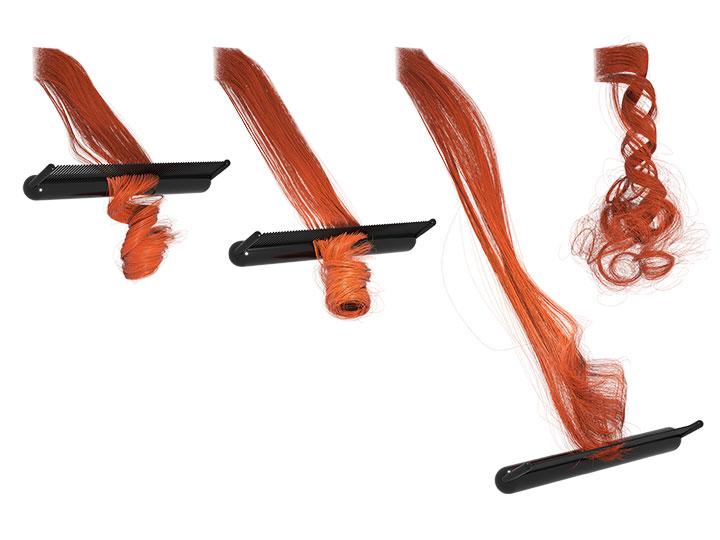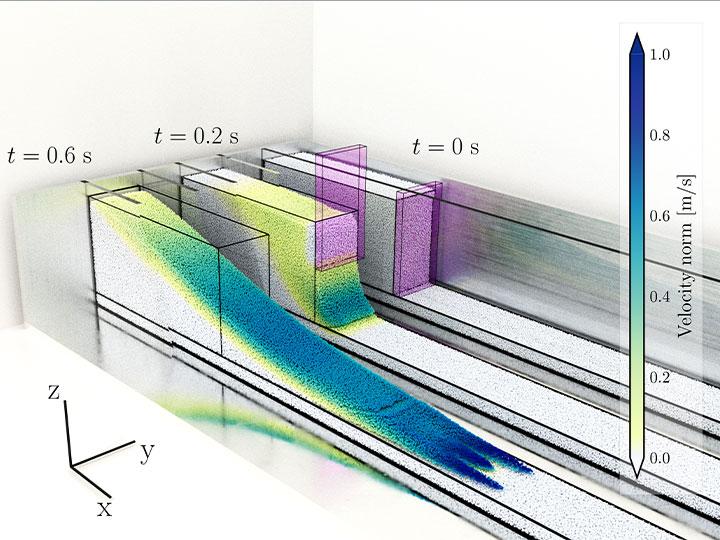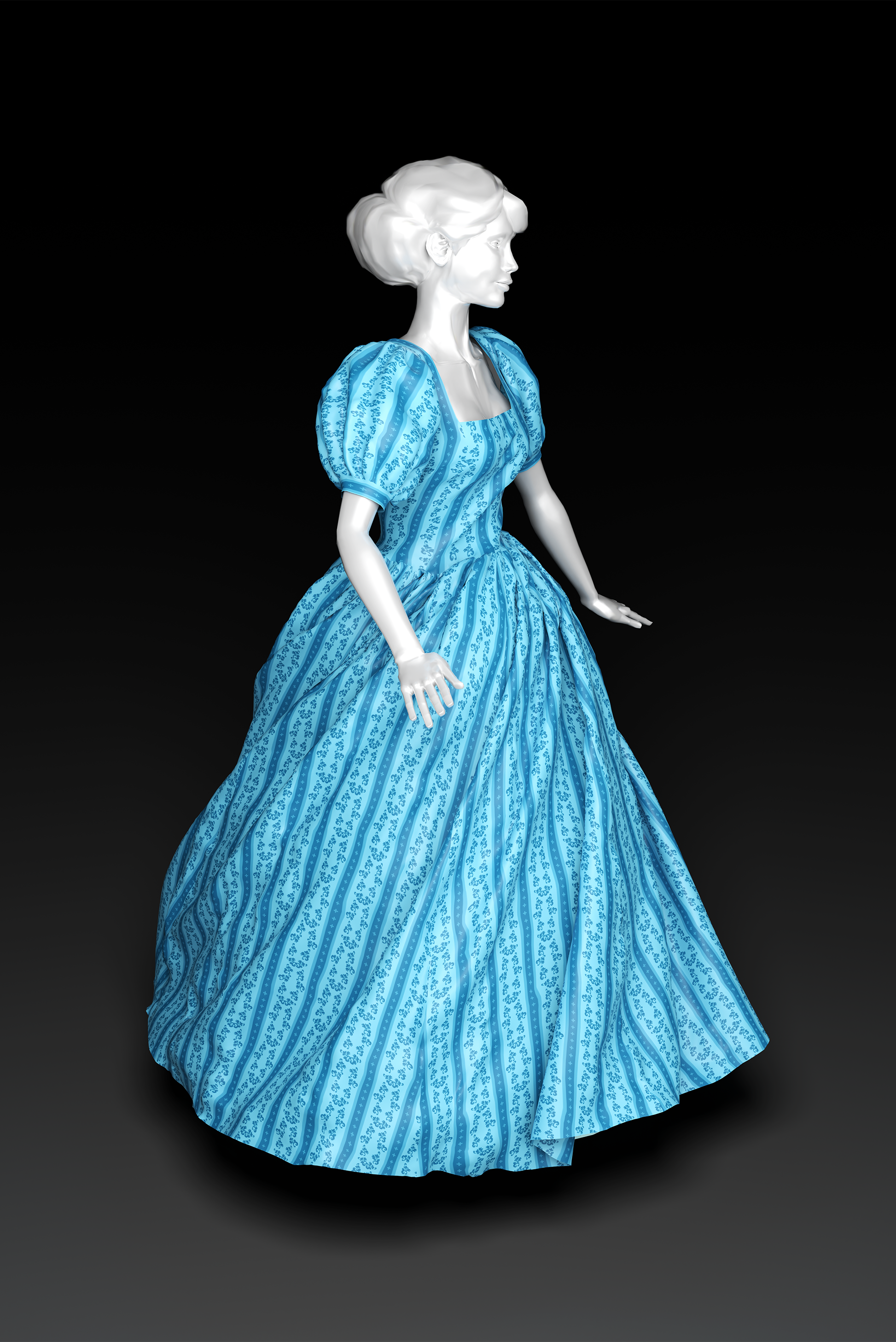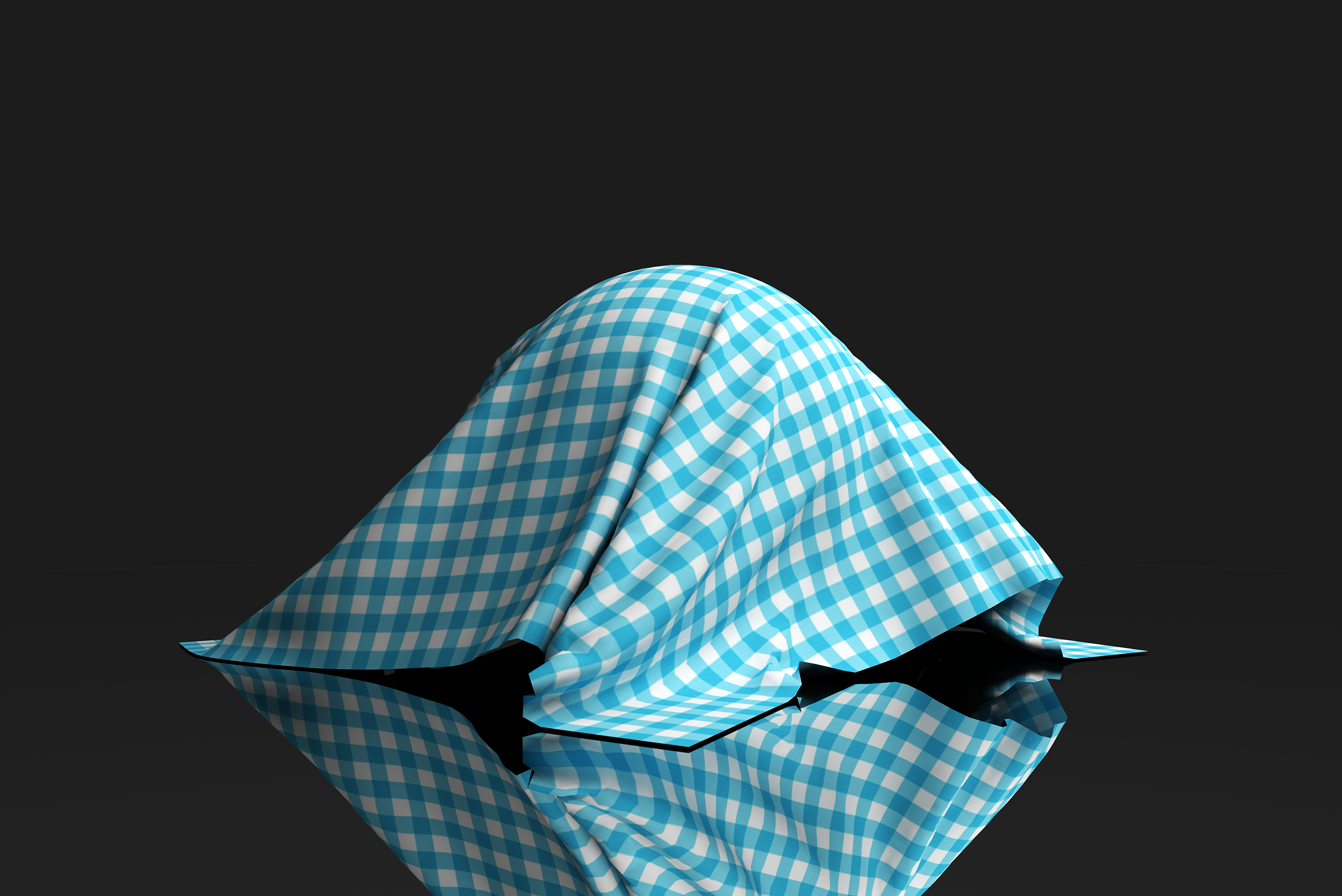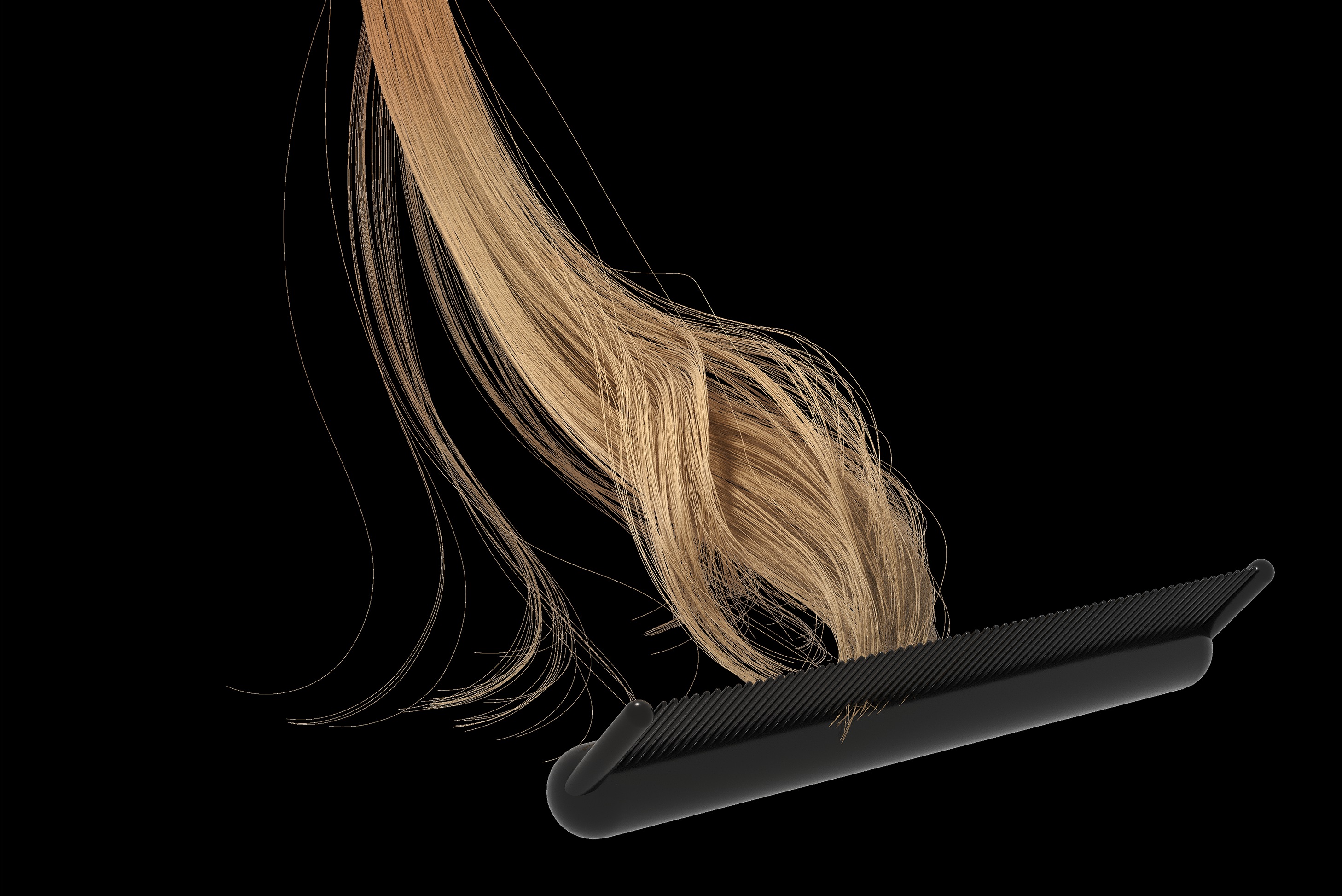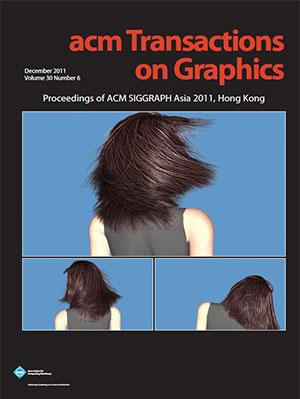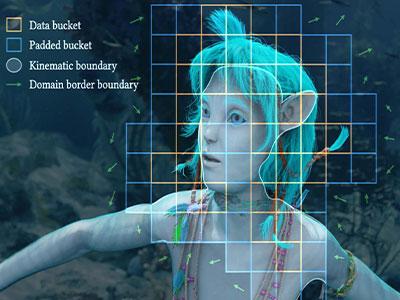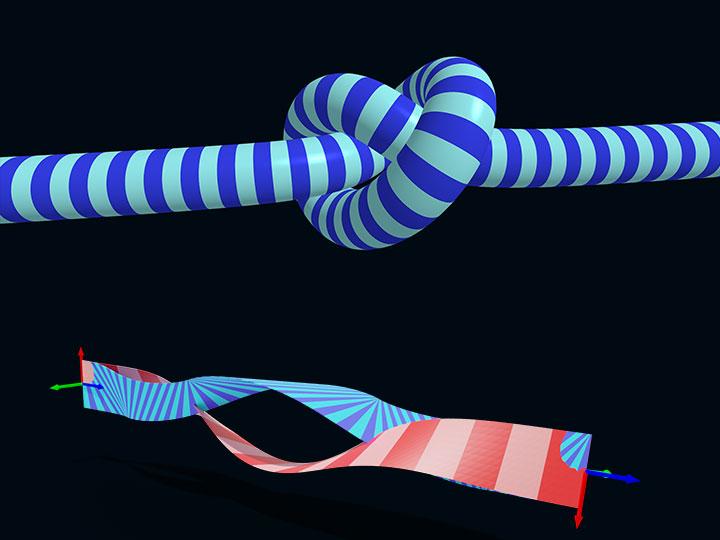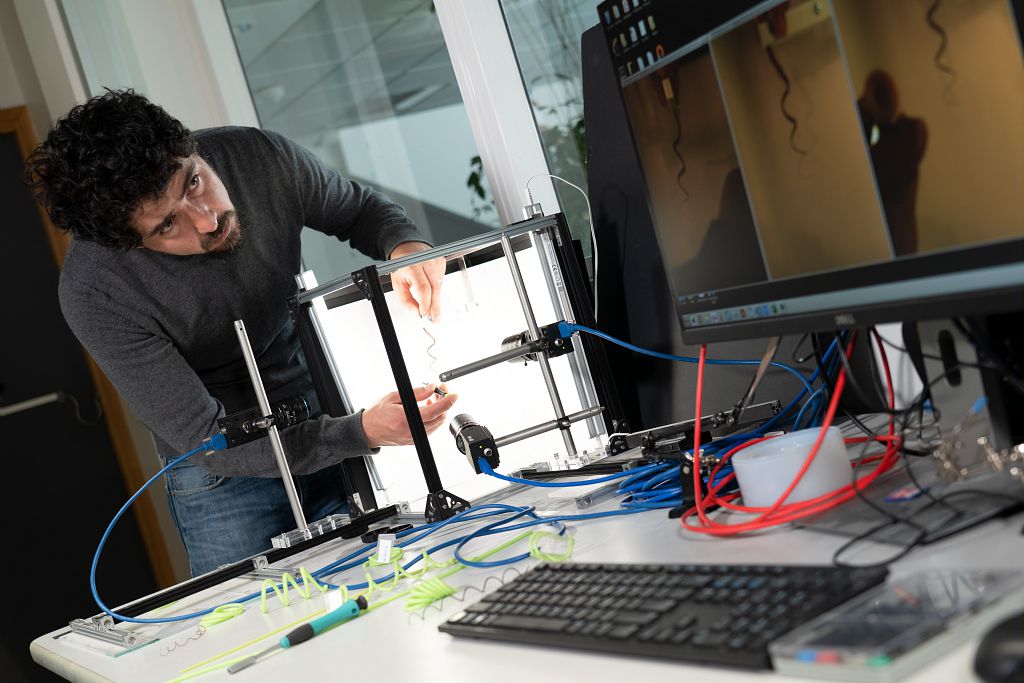
When mechanics becomes non-regular... and complex
The story begins in the early 1960s. Jean-Jacques Moreau, a professor at the University of Montpellier - no doubt inspired by the work of compatriots such as the researcher and politician Paul Painlevé - was the first to lay the theoretical foundations for a field of research that had attracted little interest prior to that point: modelling non-regular mechanical systems. Essentially, this involved simulating and representing phenomena involving collisions and friction, such as granular flows or jumbles of fibres.
“Modelling mechanics of this kind requires highly complex equations”, explains Bernard Brogliato, director of research of the Tripop project team at the Grenoble Alpes University Inria centre, “but Jean-Jacques Moreau managed to devise a formalism for it”. Even more impressively, he came up with an algorithm, known as the ‘Moreau-Jean’ algorithm (Jean was the name of the colleague he worked with on it), that could be used to simulate non-regular mechanics. But this went largely unnoticed... until 1993. “At the time, I was a CNRS research fellow at the Grenoble automation laboratory, now the Gipsa Lab, and it was pretty much by chance that I came across the work of Jean-Jacques Moreau”, recalls Bernard Brogliato. “I became interested in it and even got in touch with Jean-Jacques Moreau himself and some other researchers, before deciding to pursue the work in the field. I joined Inria in 2001 and created the Bipop project team two years later.”
Bipop: the rebirth of modelling in France
Bipop was set up with the aim of bringing together specialists in nonlinear optimisation, automation and non-regular mechanics, in order to pick up where Jean-Jacques Moreau had left off and develop his work further. “When we started presenting our research at conferences, I could see that some people were pretty sceptical about it”, says the researcher. “But we’ve now proved that these models are perfectly capable of representing both natural and non-natural phenomena.” Other teams are now working on similar models elsewhere, but it was in France that this research started out, leading to some impressive outcomes. Through Siconos, an EU project which ran from 2002 to 2006, Bipop was able to develop the first digital tool for simulating non-regular electrical and mechanical systems.
When the project came to an end in 2018, Bipop was replaced by Tripop, which specialises in the digital simulation and modelling of avalanches and rockslides. “Once again, the Moreau-Jean algorithm has been very central to our research, owing to the range of ways in which it can be implemented”, explains Bernard Brogliato. In 2017, researchers from Bipop launched another team, Elan, also based at the Grenoble Alpes University centre.
Verbatim
We specialise in the modelling and simulation of flexible, slender structures. This includes things such as the stems of plants, strands of hair, items of clothing - basically anything where you have fibres grouped together, coming into contact with each other and generating friction.
Head of the team-project ELAN
Experts in the modelling of fibres
What sets this team apart is that it is made up of physicists and numerical analysts, combining theory, digital models and experimental validation, the overarching objective being to create models that are both lightweight and robust. One of these, used to model hair, was described in a paper published in 2011 by Florence Bertails-Descoubes and Gilles Daviet, a research engineer with Inria at the time. The model won the Test of Time award at Siggraph Asia 2023 and led to an application which even Jean-Jacques Moreau would have struggled to predict: simulating the movement of hair and clothes for use in special effects in films.
The algorithm outlined in the paper, as well as others on the movement of clothes and the flow of granular environments (which were also developed by Bipop and Elan between 2013 and 2018), directly inspired the codes used by the visual effects company Weta Digital in films such as The Hobbit: An Unexpected Journey (2012), Superman: Man of Steel (2013) and Avatar 2 (2022): an accolade for French expertise an unexpected field!
The researchers then went on to explore inverse modelling as part of a project called ERC GEM, continuing to draw on the Moreau-Jean algorithm and non-regular mechanics. “The aim was to identify the shape that a strand of hair or fur should initially have in a digital simulation in order to ensure that, when the laws of physics are applied, it takes on the shape the filmmakers wanted to give it”, explains Gilles Daviet. “For instance, what can be done to ensure that a strand of curly hair remains curly despite gravity being applied in the simulation?” Alongside Niall Ryan and Christoph Sprenger, Gilles Daviet was also awarded a science Oscar in 2020 for continuing with this work as part of Weta Digital.
From simulation to prediction
To top things off, the scientists realised that their solvers (algorithms with the capacity to solve equations) were just as robust when it comes to making predictions, opening up all sorts of other possible applications. “Whether it’s for prototyping materials made from woven fibres in manufacturing, understanding how hair gets tangled up in cosmetology, designing objects or materials with specific mechanical properties such as buckling - meaning that they curve under certain conditions - or even for understanding the growth of plants, our digital solvers can be used to produce simulations for expanding upon work carried out in laboratories, rendering observation easier and improving our understanding of certain phenomena,” explains Florence Bertails-Descoubes.
The researcher intends to continue using these solvers and to develop others, for a wide range of fields of research, from music (modelling stringed instruments) to sport (optimising performance in archery), environmental issues (modelling sand dunes, for instance) and industry (developing new fibrous materials that are resistant to shock absorption). Watch this space…
Graphyz: a conference bringing together physics and digital technology
In 2019, Florence Bertails-Descoubes and physicist Basile Audoly held the first edition of the Graphyz conference at the Inria centre in Grenoble. This was followed by a second edition in 2022 at La Saline Royale d'Arc-et-Senans. The conference achieved its aim of bringing together the computer graphics and physics/mechanics communities at both national and international levels, and the organisers are planning to continue holding it every three years or so. What sets Graphyz apart is its original format, with figures from both fields, who don’t necessarily know each other and are tasked with working together to produce a presentation on a given topic, helping to identify key areas of common ground between the two disciplines.
The latest news from the ELAN project team
It has been confirmed that a third edition of Graphyz will take place, but there are no further details at this stage.
ELAN is set to present three papers at Siggraph 2024, which will be held in Denver:
Follow the ELAN team on Youtube!
En savoir plus
- Florence Bertails-Descoubes, predictive simulation for cinema, fashion and physics, Inria, 8/3/2021.
- Digital modelling of contact between fibres: applications for the synthesis of realistic hair, lecture by Florence Bertails-Descoubes(video), “Shaping imaginations: from digital 3D creations to animated virtual worlds” at the Collège de France, 17/4/2015.
- [SIGGRAPH 2020] Simple and scalable frictional contacts for thin nodal objects, by Gilles Daviet, Yoshikage Kira YouTube channel, 28/11/2020.
- [SIGGRAPH 2018] An Implicit Frictional Contact Solver for Adaptive Cloth Simulation, video uploaded by Jie Li (University of Minnesota), 23/5/2018.
